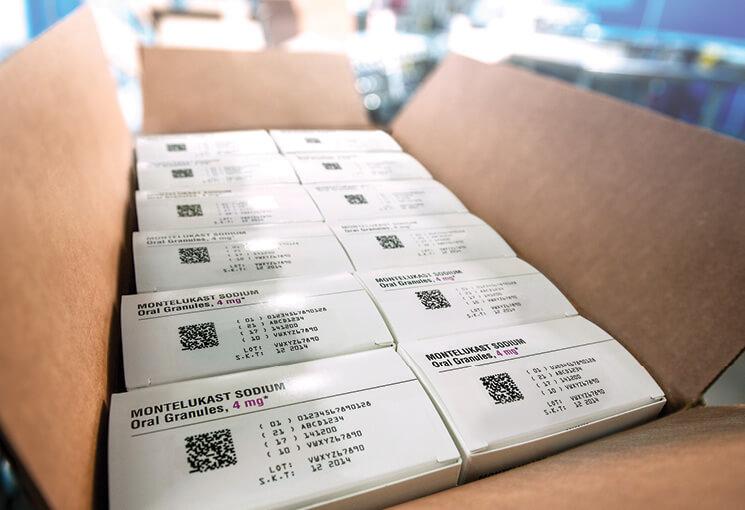How to simplify small batch pharmaceutical serialization efforts
Are you a smaller pharmaceutical manufacturer or packer appalled by the regulations on serialization? If so, you’re not alone! To avoid counterfeit and falsified drugs, pharmaceutical industries and government have worked on developing and implementing serialization standards across various markets. In general, pharmaceutical products in the impacted markets will be assigned an unique identifiers to secure the legitimate supply chain. However, this process can be a lot of work for the smaller batch pharmaceutical producers.

Packaging machinery for the track and trace lines
The time that the product is placed in its primary package, such as bottle, vial, tube, jar, pouch etc, the serialization systems start tracking until the final placement of the product at the end of the packaging line. First, labeling machines are needed to put the unique ID code on the primary packaging. Next, cameras or sensors which are capable of reading the code need to be integrated at different stages such as case packing or cartoning. With this information, the labeling equipment can then label the case with information about its contents, and these labels are also inspected for accuracy.
Serialization for smaller scale production
For smaller pharmaceutical manufacturers and packers, this process can seem daunting. That’s because most Track and Trace systems involve the installation of automated systems which can be difficult to fit into existing production lines or can be too expensive. Therefore, smaller-scale pharmaceuticals packers can consider semi-automatic option that can be run by a single operator yet delivers fully automatic aggregation features. Starting with a semi-automatic option can not only provide value-for-money benefits but also gives you more flexibility for the track and trace line.